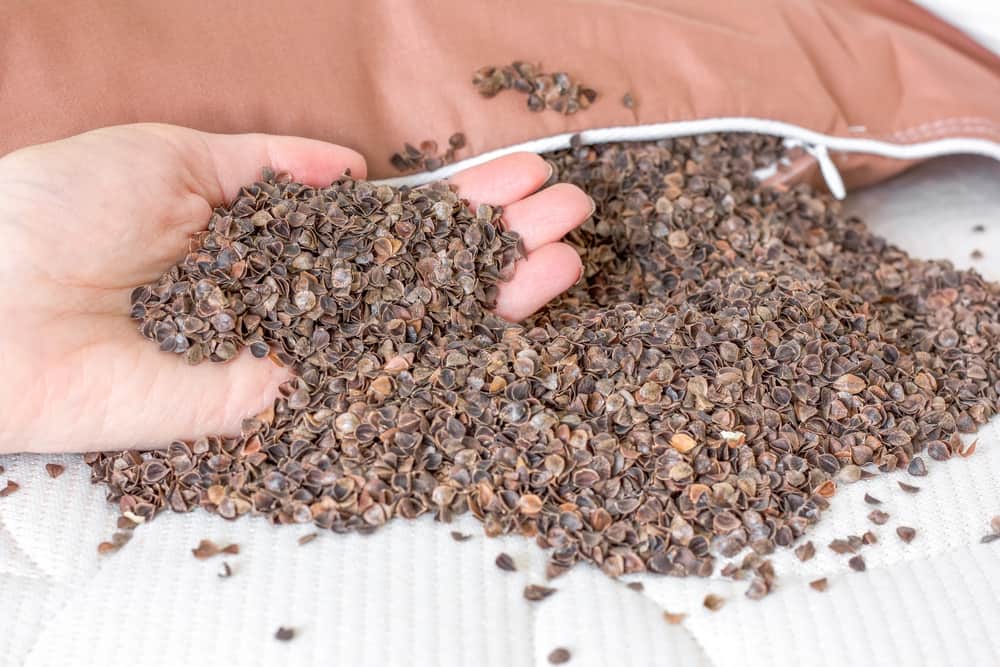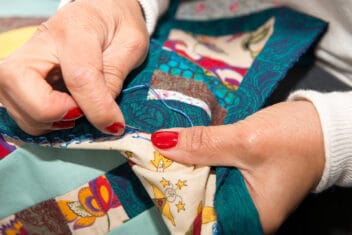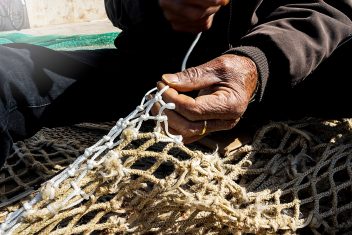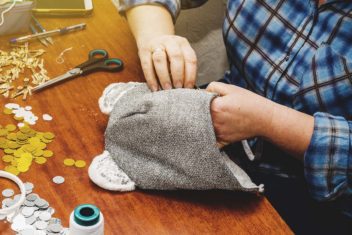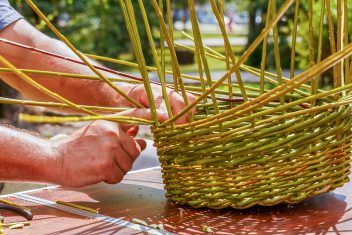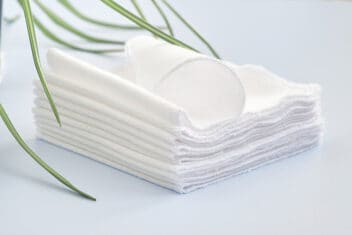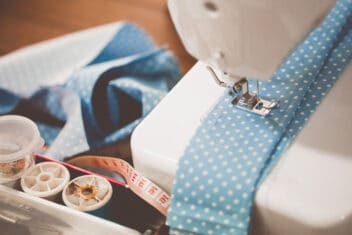By now, you’ve likely noticed how a good night’s sleep can a massive difference to your overall health and well-being.
Buckwheat pillows have been used worldwide for centuries and can make your sleeping experience far more comfortable. They’re also eco-friendly and don’t cause any harm to the environment or any sentient beings.
Ready to learn how to make your own? Then read on!
What are the Benefits of Buckwheat Pillows?
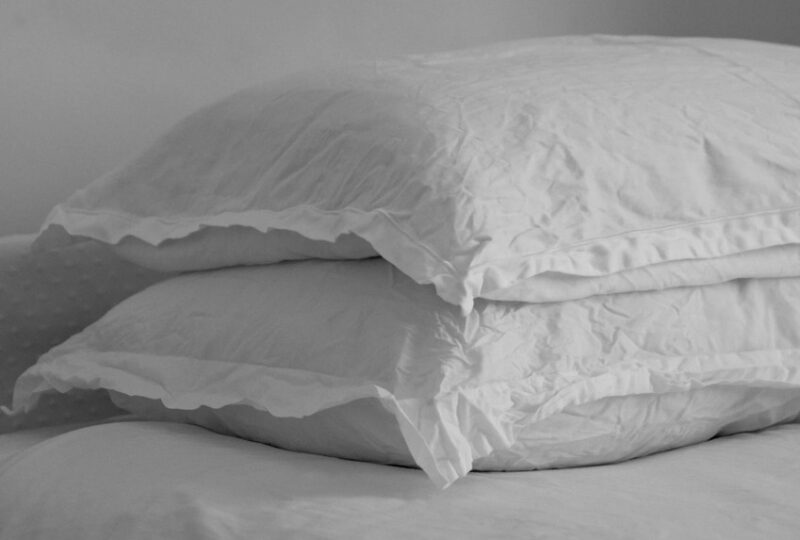
Buckwheat pillows aren’t filled with whole buckwheat, but rather the hulls are removed during threshing. These hulls are often incorporated into soils and growing mediums but have also been used to stuff pillows and mattresses for centuries.
Pillows filled with buckwheat hulls are as flexible as they are supportive. You can adjust them to your preferred shape and the thickness (i.e. firmness) that you prefer, and they’ll stay put all night.
This is because, unlike foam or feather pillows, buckwheat pillows keep their shape fairly intact. This allows them to offer great neck, head, and upper back support instead of getting compressed and flattening throughout the night.
Buckwheat hulls are naturally hypoallergenic and aren’t hospitable to insects such as mites, fleas, or bedbugs. They also make a pleasant rustling sound when they’re shifted about—rather like the sound of gentle rain.
Furthermore, since they aren’t filled with plastic foam/polyfill or bird feathers, they aren’t going to leach chemicals into your home (or eventual landfill), nor are they associated with any harm to other living beings.
As an added benefit, the airflow between the hulls is naturally cooling. This trait makes buckwheat pillows incredibly comfortable for “hot” sleepers, or those who deal with hot flashes or night sweats.
What You’ll Need:
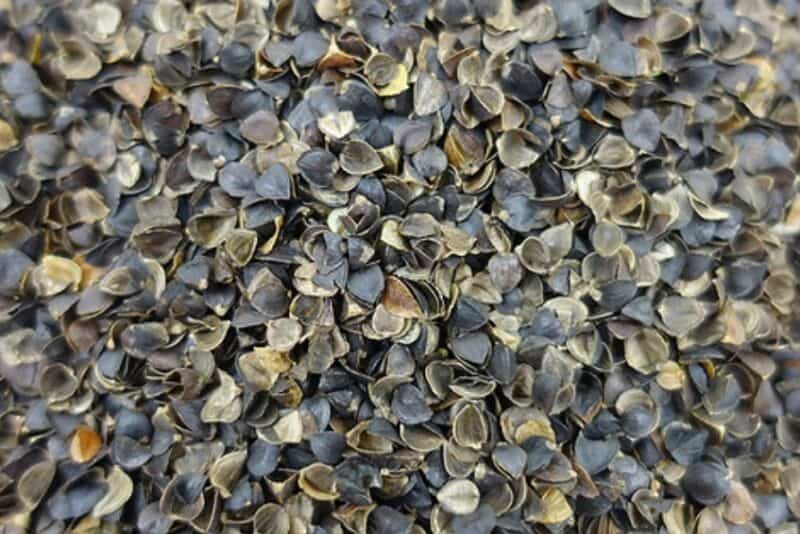
- Thick, sturdy pillowcases to fill: aim for a dense cotton or cotton/linen blend with a tight weave. If you can’t find one that’s a thick enough fabric, then use a double layer—one pillowcase stuffed into the other.
- Approximately 10lbs of milled buckwheat hulls per pillow
- Funnel
- Sewing needle
- Thread
- Zipper (optional: see below)
Some people insist on putting zippers into their buckwheat pillows for the sake of ease. Since these pillows last about five years before getting too compressed to be comfortable, a zipper makes it a lot easier to refill them.
That said, zippers generally like to unzip themselves under pressure or over time. When and if that happens, you’ll end up with buckwheat hulls all over, under, and around your bed, requiring a ridiculous amount of vacuuming (and likely swearing as well).
If you insist on putting a zipper into one end of your buckwheat pillow, do yourself a favor and put a few tethering stitches in once it’s filled—just to secure the zipper pull to the pillow so it doesn’t unzip itself. When the time rolls around to refill the pillow, you can simply snip these stitches to release the zipper as needed.
Instructions
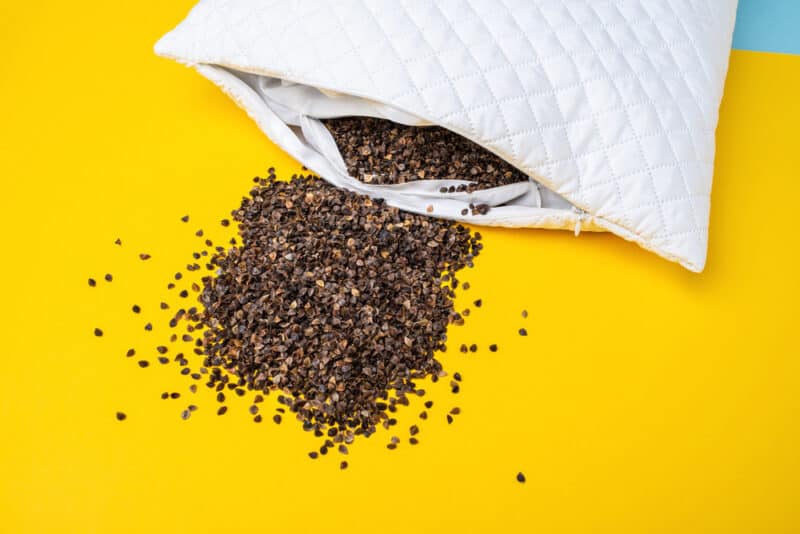
Making buckwheat pillows is incredibly easy, and requires just a few simple steps.
Step 1:
This will depend on whether you’re installing a zipper or not. If you’re installing a zipper into the pillowcase’s open end, do this first. If not, then simply sew that open end mostly closed with a solid backstitch, leaving a couple of inches open to accommodate a funnel.
Step 2:
Open the zipper to about 2 inches and place the funnel in the opening, or simply pop the funnel into the gap left in your stitching.
Then, pour the buckwheat hulls into your pillowcase a cup at a time until it reaches your preferred level of fullness and firmness.
Step 3:
Remove the funnel. If a zipper has been installed, zip it closed and secure the pull with a few stitches, as mentioned earlier. If not, sew the gap closed with the same backstitch you used earlier. Then, go over the closed edge with a blanket stitch to secure it further.
Step 4:
Cover your lovely buckwheat pillow with your favorite decorative pillowcase, ensuring that you tuck the stitched end in first. On the off chance that it opens for one reason or another, the top pillowcase will catch most of the stray hulls.
At this point, you can plop the pillow onto your bed and give it a try.
We’d recommend making at least a couple of buckwheat pillows at a time. Although it’s not difficult to make them, the process is fairly time-consuming.
That said, if you make two at a time and only end up using one of them, you can tuck the other one into a closet. When your current pillow starts to flatten or get too funky, you’ll have another one already made to use instead.
Easy Hack
If you feel like your sewing skill isn’t up to par, you can buy a pillow protector case and fill it with buckwheat hulls. Then, put a normal pillowcase over that. You have less creative control, but it’s a quick solution.
Potential Drawbacks
While a lot of people love to sleep on buckwheat pillows, others find the experience uncomfortable.
For one, the gentle rustling sound that many find soothing may overwhelm others, especially if they have sensory processing issues.
Secondly, buckwheat hulls have a rather strong scent that some people may find off-putting. It’s a deep, earthy scent that some people enjoy, but if you’re sensitive to scent, you may have difficulty sleeping on something so strongly scented.
Buckwheat pillows are also heavy. Unlike standard pillows, they can’t be moved around easily. An average pillow weighs between eight and 10 pounds—about the same as a newborn baby.
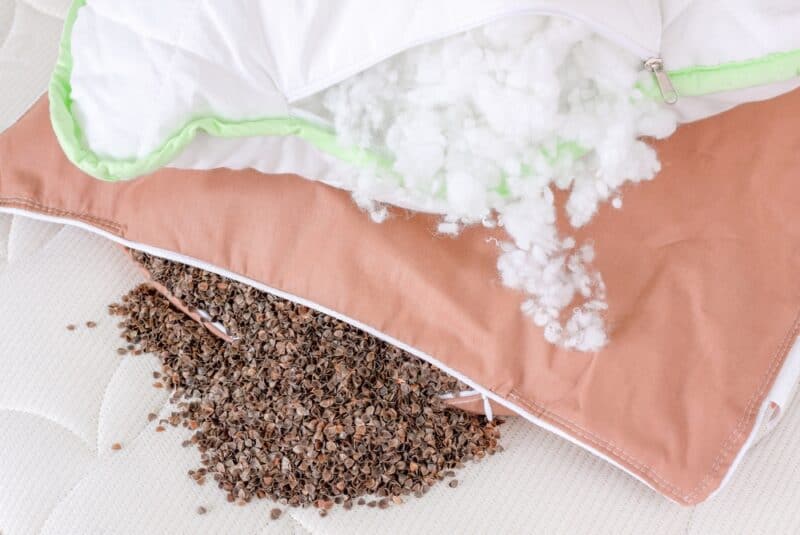
As such, they’re a bit unwieldy, especially if you’re trying to get comfortable in the middle of the night.
Finally, these pillows can’t be washed. You can (and should) replace their pillowcase coverings on a regular basis, whenever you wash the rest of your bedding.
Replace the hulls every few years. That said, if the thought of sleeping on a fairly unwashed pillow creeps you out, then you may feel squicked out about these, too.
Buckwheat pillows take some getting used to, but if you find that you aren’t bothered by either their scent or their rustling, they may offer you a sleeping experience unlike anything you’ve had before.
Many people have said that their neck and shoulder pain has lessened exponentially after using these cushions, resulting in deeper, more restful sleep overall. Try them out, and if you find that you simply can’t abide them, open them up and add the hulls to your compost bin, or use them as mulch.
